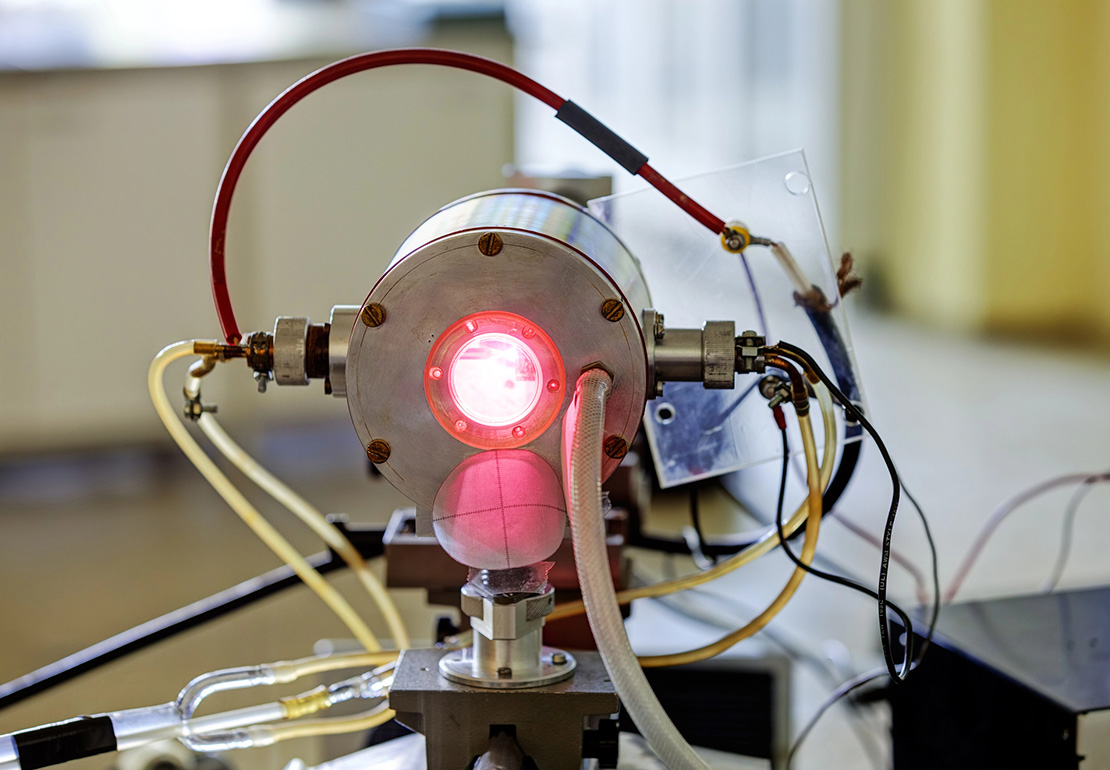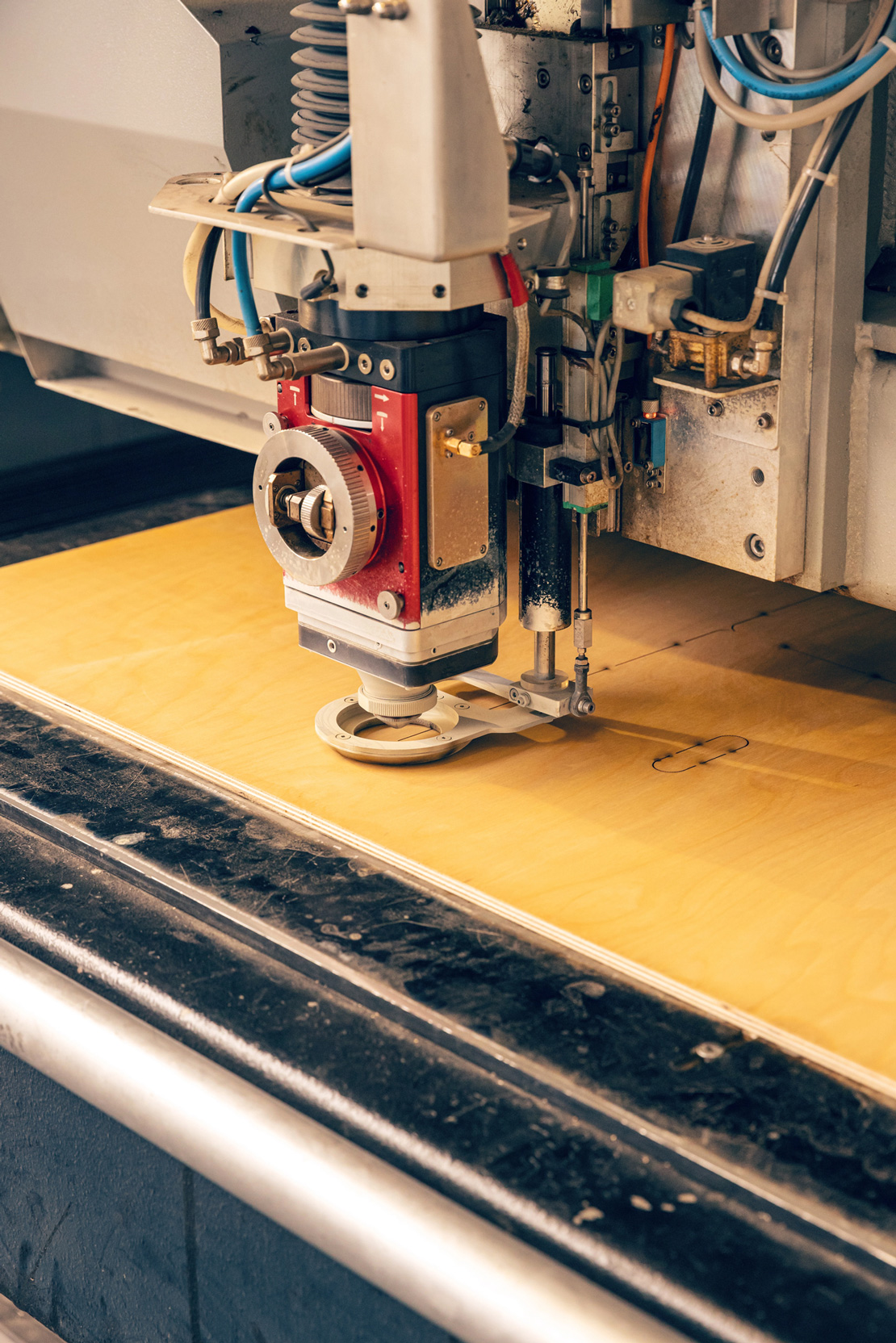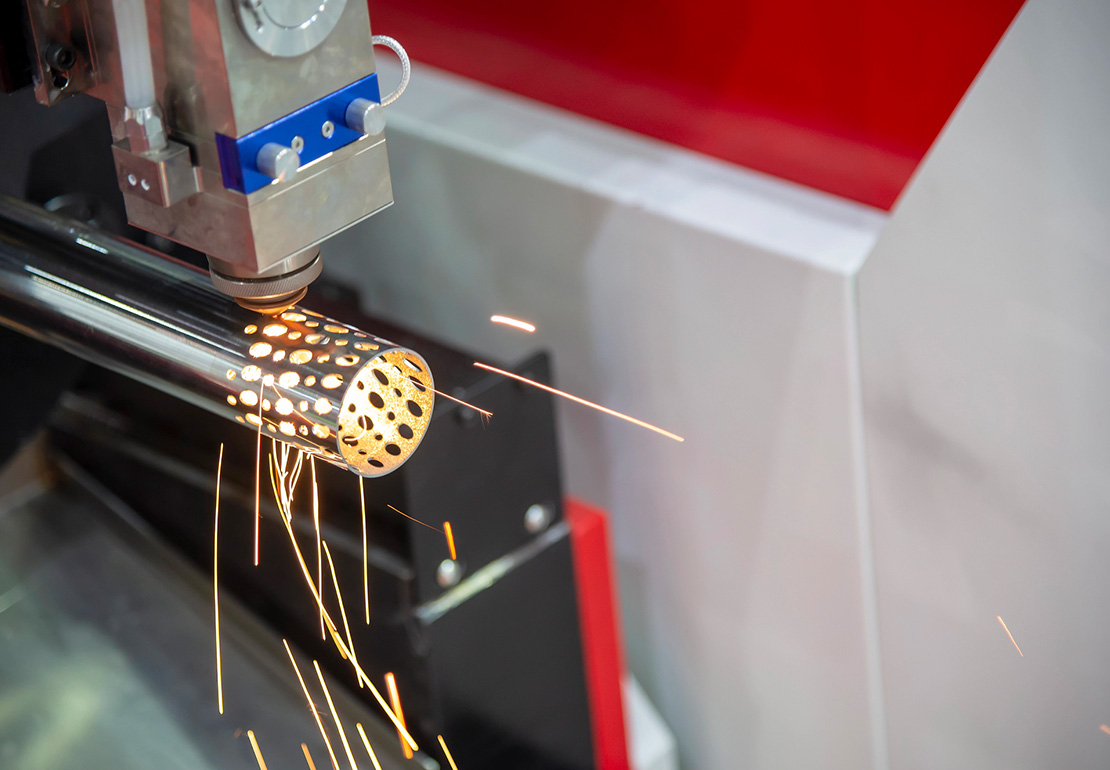Magneto-Optical Shutters: How They Work

Magneto-optical shutters play a valuable role in laser-based setups. These devices manage light transmission by adjusting the polarization state of a beam through magnetically influenced materials. When fast beam control is needed without mechanical movement, a magneto-optical shutter brings speed, consistency, and durability.
This method works well in both high-frequency switching systems and sensitive optical environments. The technology has gained popularity in labs, research facilities, and optical instruments that demand low vibration and reliable switching.
What Is a Magneto-Optical Shutter?
A magneto-optical shutter uses magnetic fields to rotate the polarization of light in an active material, often a Faraday rotator. This process alters the beam’s alignment, allowing it to pass through or be blocked by a polarizer. Unlike traditional mechanical shutters, it does not rely on moving parts. Instead, it reacts to magnetic changes that drive the rotation of polarized light.
The speed of this operation depends on the applied magnetic field, the geometry of the system, and the material’s Verdet constant. In some setups, this reaction happens within microseconds. That makes it ideal for applications where beam interruption must be fast and precise.
Why Polarization-Based Control Matters
The unique advantage of a magneto-optical shutter lies in how it shifts the beam’s state without touching the optical path. When light enters the active material, the magnetic field causes a rotation. The output depends on this new polarization direction. A polarizer at the output either allows the beam to continue or absorbs it.
This approach reduces mechanical wear. It also lowers the risk of misalignment or beam distortion. Because the beam does not strike a physical blade or mechanical edge, system reliability increases over time.
Application in High-Speed Laser Systems
Systems that operate at high repetition rates or deal with pulsed lasers often need shutters that switch rapidly. A magneto-optical shutter meets this demand. It suits setups in spectroscopy, laser imaging, and certain quantum experiments.
In these environments, the shutter must operate without disturbing the beam quality. Mechanical interruptions or delays introduce errors. Magneto-optical operation removes that concern. This allows faster repetition cycles and more consistent timing.
For example, in pump-probe experiments where femtosecond resolution is required, the speed and non-intrusive nature of magneto-optical shutters become a major advantage.
Low Vibration Operation for Sensitive Instruments
Many laser systems involve equipment that is sensitive to motion or vibration. Optical tables, sensors, or detectors can lose alignment with even a slight shock. A mechanical shutter introduces this risk due to its moving parts.
Magneto-optical designs reduce those disturbances. They generate minimal vibration because they rely on electromagnetic shifts rather than rotating or sliding hardware. This makes them ideal for environments where mechanical shock must stay low.
This feature helps not just in labs, but also in field equipment. Imaging tools used in mobile or semi-stable setups benefit from this non-contact switching process.
Thermal Effects and Material Response
When dealing with high-power lasers, thermal response becomes important. Although magneto-optical shutters do not have moving blades, they still interact with high-energy beams. The material in use must tolerate elevated temperatures while retaining a predictable Verdet constant.
For stable long-term performance, manufacturers often select terbium gallium garnet (TGG) or other specialized materials. These handle high power while maintaining optical quality. Proper heat management within the shutter design also helps avoid beam distortion.
While magneto-optical systems are not always suited for extremely high-damage thresholds, they fill a solid niche between mechanical and acousto-optic solutions.
Advantages Over Traditional Mechanical Shutters
Compared to mechanical types, magneto-optical shutters offer faster response, fewer alignment issues, and longer operational lifespans. There is no mechanical fatigue from repeated use. Users benefit from more consistent performance over time.
For engineers looking for non-contact beam control, magneto-optical options reduce maintenance needs and avoid wear. That often translates to fewer system errors and less downtime.
They are also easier to integrate into compact systems. Because they do not need the same mechanical clearances, the setup footprint becomes smaller. That helps in tightly packed optical benches or portable units.
Design Considerations and Integration
When designing a system around a magneto-optical shutter, attention must be paid to polarization purity and alignment. Since the shutter operates through polarizers, any misalignment affects beam transmission.
Magnet design also affects switching speed. Using Helmholtz coils or optimized magnetic field paths allows fast and uniform switching. Power electronics must support precise pulse shaping to avoid jitter in the switching profile.
Temperature control and magnetic shielding are also part of proper integration. Magnetic fields must stay confined to the shutter area to avoid affecting nearby instruments.
Laser Safety and Beam Blocking
Though magneto-optical shutters work differently from mechanical ones, they still contribute to laser safety. In systems where beam control must act fast, such as during an emergency stop or interlock sequence, they help by interrupting the beam path without delay.
Their speed allows them to shut beams off faster than a human reaction time. That makes them suitable for automated shutdown procedures. However, as always, they should be paired with redundant safety mechanisms for comprehensive protection.
When Magneto-Optical Is Not the Best Fit
Despite their benefits, magneto-optical shutters are not ideal for every use case. Systems requiring total beam extinction or ultra-high power handling may still need a mechanical or hybrid design.
Magneto-optical models rely on high-quality polarizers. These polarizers have inherent limitations in contrast ratios. For applications demanding near-perfect beam cutoff, this can become a limitation.
In such cases, combining a magneto-optical shutter with an external beam dump or backup shutter adds reliability.
Explore the Full Range of Laser Shutters
Looking beyond magneto-optical solutions? Visit our collection of laser shutters and optical beam shutters to explore other technologies.
At NM Laser, we also carry specialized optical shutters tailored for different wavelengths, speeds, and integration levels.
Get Custom Solutions from a Trusted Source
At NM Laser, we have been working with OEMs and research teams since 1987. Our deep experience with laser shutter design lets us match the right technology to each job.
If you need a magneto-optical shutter or help deciding when one fits, we are ready to support your goals with tested, reliable solutions built to perform.


